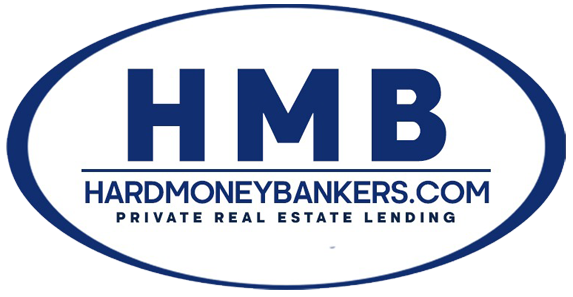Taking your business or career to the next level doesn’t just entail changing what you do or say. It requires altering the way you see business altogether. It requires a complete shift of paradigm.
But which way should you shift? What is the best way to go about business? We have some thoughts on that.
Whether you’re climbing the corporate ladder, getting your feet wet in entrepreneurialism, or making a feature film, you’re in a high-leverage position that wasn’t available to your parents or grandparents when they were your age. Why? You’re straddling two distinct eras of business from which you can pull valuable information and practices.
These eras couldn’t be more different, yet they each offer important lessons on success and how you can achieve more of it. We like to call them Old School Business and New Generation. Old School Business is the classic work paradigm of the 60s, 70s, and 80s, defined by traditional corporate business practices. New Generation is today’s work culture, noted for its core values of innovation and creativity.
Regardless of age, most entrepreneurs and professionals can glean high leverage ideas from both models—even if you didn’t play an active role in the 80s workforce, you probably grew up, like us, surrounded by its culture. You’re familiar with the archetype of the hardnosed boss or the corporation that only cares about profits and is really good at making them. You’re also familiar with today’s business paradigm because it’s what you probably operate within now. You feel the pressure to be bold and creative, and to evolve with an active market.
The fundamental question is, how can you leverage this unique position to your advantage? For the first time there is freedom to create a self-tailored business approach using two distinct success paradigms. Be strategic about it. You want a complete, comprehensive set of practices that are rooted in permanency, but you want to be able to adapt and evolve when necessary.
The best way to fill your business arsenal with the highest-leverage tools available is to take a critical look at both eras. Each has its own brand of genius and each has its flaws. Old School Business, for example, was great at meeting the bottom line, but not so great at caring about the people who helped make that happen. Today’s business culture is great at innovation and capturing the human side of business, but has a penchant for overlooking fundamental cornerstones like making a profit. Just because these two approaches to business aren’t perfect doesn’t mean you can’t synergize their strong points into a career blueprint that’s perfect for you.
This means calling out the mentalities and practices that may be popular today, but are keeping you from the growth and success you crave. It means kicking old habits to the curb and investing in new ones. It means being willing to upgrade to a newer version of business and a newer version of you.
It’s time to make an honest assessment of what is supporting you, and most important, what’s holding you back. It’s time to get real about business.
This article is an excerpt from the book “The Whiteboard: Go from Blank Canvas to a Productive, Leveraged, & Highly-Profitable Business” by Chris Haddon and Jason Balin. Please click here to see more.


